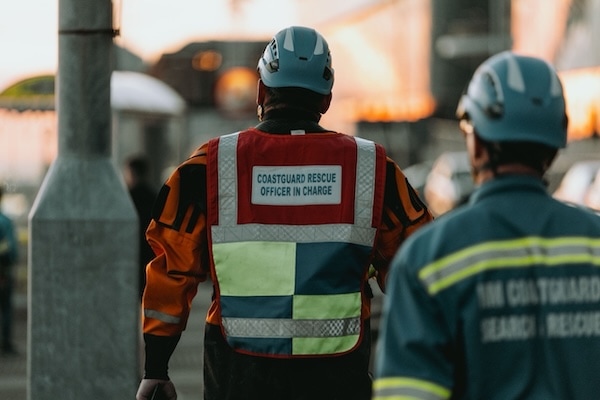Safety Training: Emphasizing the Importance of Safety Barriers and Harness Protection
In the realm of occupational safety, the implementation of effective safety measures such as barriers and harnesses stands as a critical defense against workplace injuries. This narrative explores the pivotal roles these protective measures play in safeguarding employees, particularly those who work in elevated environments or around dangerous machinery. Through formal education and rigorous training, organizations can significantly enhance worker safety and compliance.
The Vital Role of Safety Barriers:
Safety barriers serve as the first line of defense in many industrial settings, including construction sites, manufacturing plants, and warehouses. These physical structures are designed to prevent accidental falls, control traffic, and delineate hazardous areas. Their presence is a testament to an organization’s commitment to creating a secure work environment.
Training on the proper use and maintenance of safety barriers is essential. Workers need to understand which types of barriers are suitable for various scenarios, such as using soft barriers for crowd control and more robust barriers to protect against machinery. The training should also cover the correct setup, inspection, and storage practices, ensuring that these barriers maintain their integrity and protective capabilities over time.
Harness Protection: A Lifeline for Workers:
When it comes to working at heights, safety harnesses are not just equipment—they are lifelines. The correct use of safety harnesses is critical in preventing falls, which are among the most common causes of serious work-related injuries and deaths. Harnesses, which should be part of a broader personal fall arrest system, need to be selected, worn, and maintained with the utmost care.
Training for harness protection involves more than just knowing how to wear the harness. It encompasses a comprehensive understanding of its components—including lanyards, connectors, and anchor points—and the dynamics of fall forces. Additionally, workers should be trained on how to inspect their equipment for wear and damage and the proper way to store it to prolong its life and functionality.
Integrating Training into Daily Operations:
For safety barriers and harness protection to be effective, training cannot occur in isolation; it must be integrated into daily operations. Regular drills and refresher courses should be mandated to ensure that safety knowledge remains fresh and practical application is second nature to the workforce. This approach helps to instill a culture of safety that transcends individual actions, becoming a collective ethos of the workplace.
Evaluating and Reinforcing Safety Protocols:
Continuous evaluation of safety training programs is vital. This process should involve not only assessing the practical application of training in the workplace but also reviewing accident reports and near misses to identify potential areas for improvement. Feedback from employees who regularly use safety barriers and harnesses provides invaluable insights that can help refine training programs and safety protocols.
Conclusion: Building a Safer Tomorrow
The narrative of safety training for barriers and harness protection is one of proactive engagement and continuous improvement. By investing in comprehensive training programs, organizations empower their employees with the knowledge and skills necessary to protect themselves and their colleagues. Moreover, these programs demonstrate a commitment to upholding high safety standards, which is crucial for maintaining trust and integrity within the workforce. Through diligent training and rigorous application of safety measures, businesses can build a safer tomorrow, significantly reducing the risk of injuries and fostering a workplace where safety is a shared responsibility.







